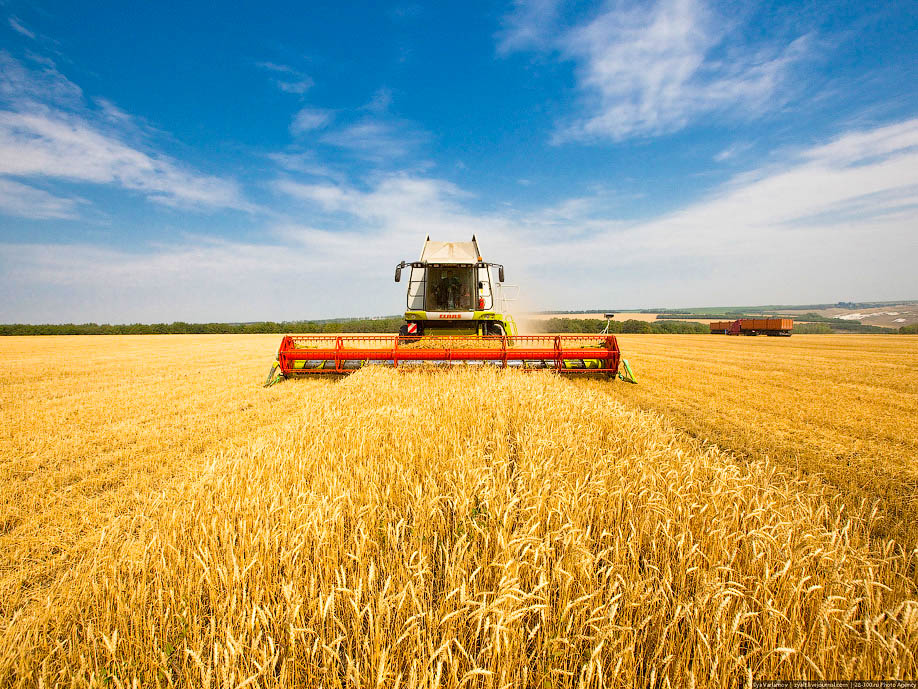In Ukraine, the weather contributes to the formation of crops, and the heat in India worsens the condition of crops

Cold rainy weather in the Northern Hemisphere is delaying sowing and crop development this year, but moderate temperatures will allow last year’s harvest to be higher or higher.
In India , severe drought in March and April will sharply reduce wheat production and exports. April has been the hottest month since 1901. The heat affected major wheat-producing states, Punjab, Uttar Pradesh and Madhya Pradesh, where wheat yields could fall by 25% in 2021. So far, the country’s authorities have not changed the production forecast and are not restricting wheat exports, which have intensified after the blockade of ports in Ukraine.
As of May 1, the soil moisture conditions were satisfactory for the vegetation of plants almost on the whole territory of Ukraine. Moisture reserves in a meter layer of soil are better than last year, which allows us to hope for a good harvest. At present, it is important to rationally use this natural potential, – said NAAS.
As of May 1, the value of the NDVI index is lower than last year. In general, starting from the 12th week, the rate of development of winter wheat crops is slower than last year, due to the cold spring.
In the “corn belt” of the United States , the weather is dry and warm, which will speed up sowing. As of May 1, 14% of the area was sown with corn, compared to an average of 33% over 5 years. Over the next 10 days, the temperature will rise to 25-30 o C, which will dry the fields and intensify the emergence of seedlings.
The western southern plains of the United States suffer from a shortage of rain, and in the next 7-10 days the heat will intensify, which will further worsen the condition of winter wheat crops. Experts believe that Oklahoma’s wheat harvest in 2022 will be almost twice as low as in the previous season.
Canada is accelerating the sowing of spring crops, and moderate rainfall over the next 7-10 days will have a positive effect on crops. Rains will improve the condition of plants in the western regions affected by the drought, but will stop field work in the east, where the soil is oversaturated with moisture.
In the central regions of Brazil, the heat remains at 30-33 oC, and precipitation is not expected for 7-10 days. This will worsen the state of safrinha maize crops in Mato Grosso and Goiás. There will be light rain in Mato Grosso do Sul and Paraná.
Argentina will have dry weather next week, with little rainfall contributing to the development of late soybeans and corn, as well as winter wheat.
Tags: Ukraine, Brazil, Canada, India, USA, crop condition, Argentina
Read also
Information about China’s rejection of Ukrainian corn is a rumor at the leve...
Ukraine exported 26 million tons of grain via the Black Sea corridor – Kubrakov
The 21st International Conference BLACK SEA GRAIN.KYIV is taking place on April 18th
In the first quarter of 2024, China reduced pork production by 0.4%
Jordan filling wheat reserves
Write to us
Our manager will contact you soon












